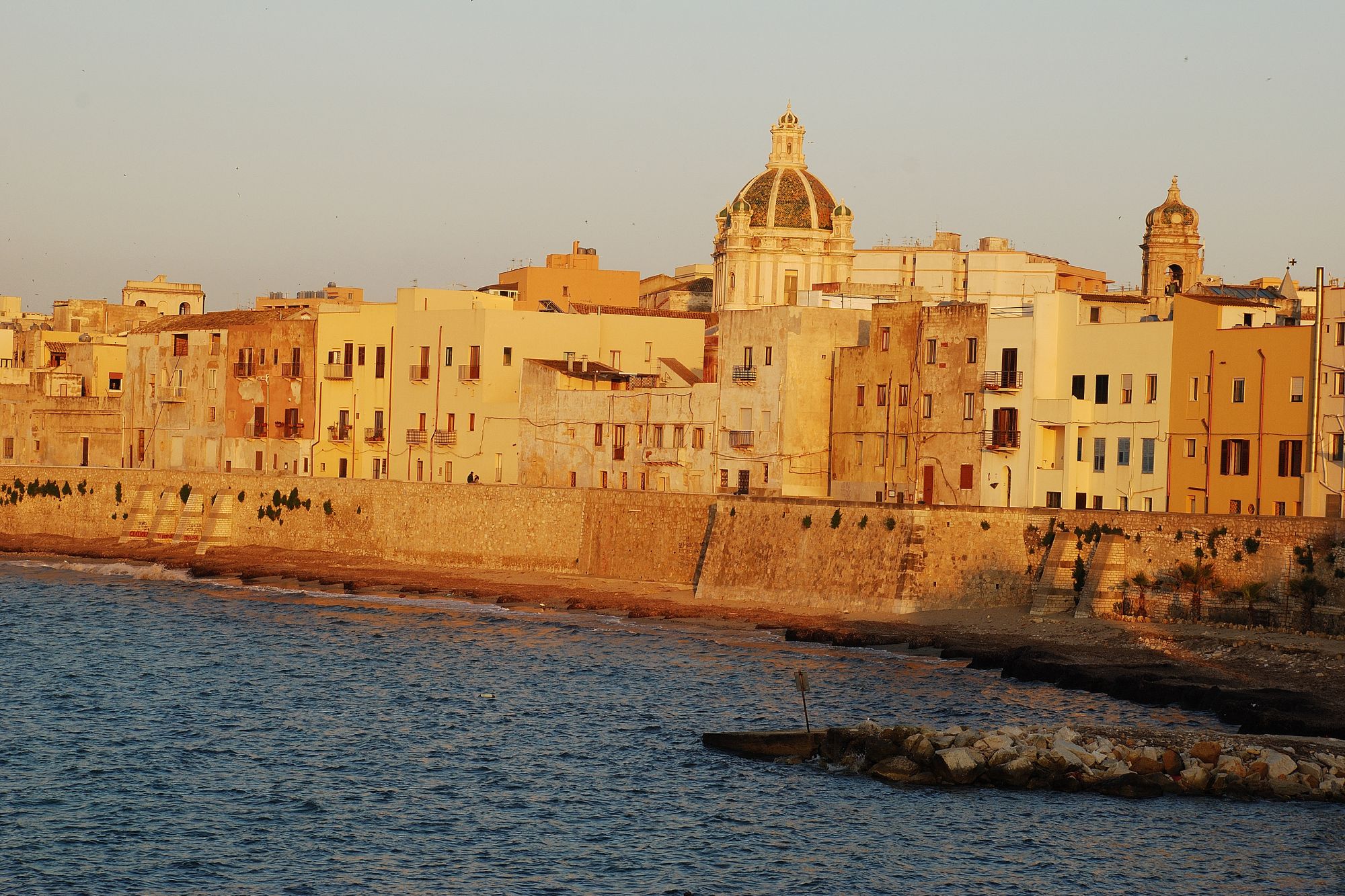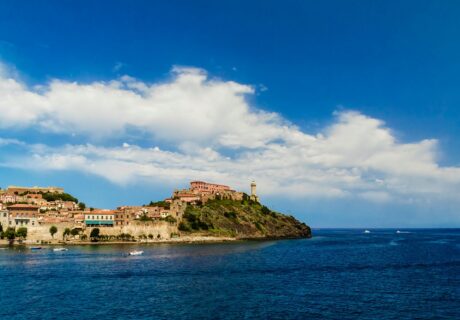5 things to see in Trapani
5 min · 28 Jun 2023

On the extreme western tip of the Sicilian coast lies the city of Trapani, which has so much to offer its visitors. Not only white sandy beaches and crystal clear sea but also many monuments and places of interest. Sandwiched between the sea and Mount Erice, it is known as the ‘city of the two seas’ because it stands on a strip of land washed by the Tyrrhenian Sea on one side and the Mediterranean Sea on the other. In its thousand-year history, it played an important role in the Middle Ages and was even mentioned in the Aeneid.
What to see in Trapani? Here are 5 things not to be missed!
The Cathedral of San Lorenzo
Although the dense network of streets in the historical centre still looks like a Moorish labyrinth, the city owes its current appearance to the Spanish Baroque influence (17th and 18th centuries). A splendid expression of this style is the Cathedral of San Lorenzo, Trapani’s main Catholic place of worship. Located along the pedestrian Corso Vittorio Emanuele, it has the dignity of a minor basilica. It was erected in the first half of the 12th century but over time has undergone various interventions that have changed its conformation. It houses works of high artistic value, including: the Crucifixion by Antoon Van Dyck; Saint George by Andrea Carreca; and a statue of the Dead Christ by Giacomo Tartaglia.
The Sanctuary of Maria Santissima Annunziata
Another religious building not to be missed is the Sanctuary of Maria Santissima Annunziata, the most famous Marian shrine in western Sicily. It stands along the slope downstream of the acropolis, in a central area of the city. The church was built in the first half of the 14th century but underwent an almost complete renovation in the 18th century in Baroque-Renaissance style, designed by the Trapani architect Giovanni Biagio Amico. It has a façade with a portal and a chiaramontano Gothic rose window, while inside, the Chapel of the Madonna of Trapani, designed and built by architect Simone Vaccara in 1530 in the Renaissance style, houses the marvellous simulacrum of the Virgin and Child, a work attributed to Nino Pisano.
The Agostino Pepoli Museum
A few steps from the Sanctuary of Maria Santissima Annunziata is the Agostino Pepoli Regional Museum, one of the most important museums in Sicily. It was established in 1909 by Count Agostino Sieri Pepoli (hence the name), who donated his rich collection to the city. It is housed in the former Convent of the Carmelite Fathers, a 14th-century building extensively remodelled between the 16th and 18th centuries. The pieces preserved tell the artistic and cultural history of Trapani and its territory. On display are paintings, sculptures, cribs of Trapani craftsmen, gold jewellery (with jewellery belonging to the treasure of the Madonna of Trapani), sacred vestments, majolica and relics from the Risorgimento.
The Tower of Ligny
The ancient Tower of Ligny is the symbol of Trapani and one of the city’s most beautiful buildings. It was built in the second half of the 17th century at the behest of the Prince of Ligny, designed by Flemish architect Carlos de Grunembergh, to protect the city from attacks by Barbary pirates. Its strategic position allowed it to control the two seas, the Egadi Islands and the entire coastline up to the slopes of Mount Erice. It currently houses a small civic museum with prehistoric and archaeological finds related to the past of the Trapani territory. Of particular interest is the series of amphorae of Punic, Greek-Sicelian and Roman origin.
The Trapani and Paceco Salt Pans Nature Reserve
Finally, the fascinating Saline di Trapani e Paceco Nature Reserve is well worth a visit. Established in 1995 and entrusted to the management of WWF Italy, it extends for about one thousand hectares, from the port of Trapani to the town of Salina Grande. In addition to being among the last remaining productive salt pans in Sicily, they are also a treasure trove of biodiversity. More than 200 species of birds use the salt-pans as a resting, feeding, wintering and breeding site. Prominent among them are the pink flamingos. As for flora, among the characteristic species, the endemic Calendula maritima is one of the most valuable. Guided tours take place throughout the year (advance booking required).








